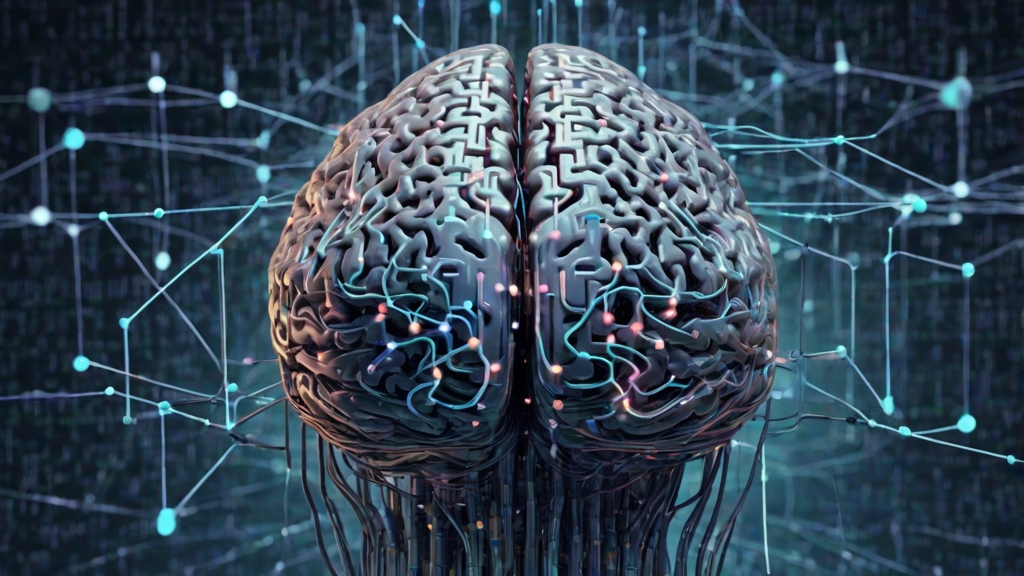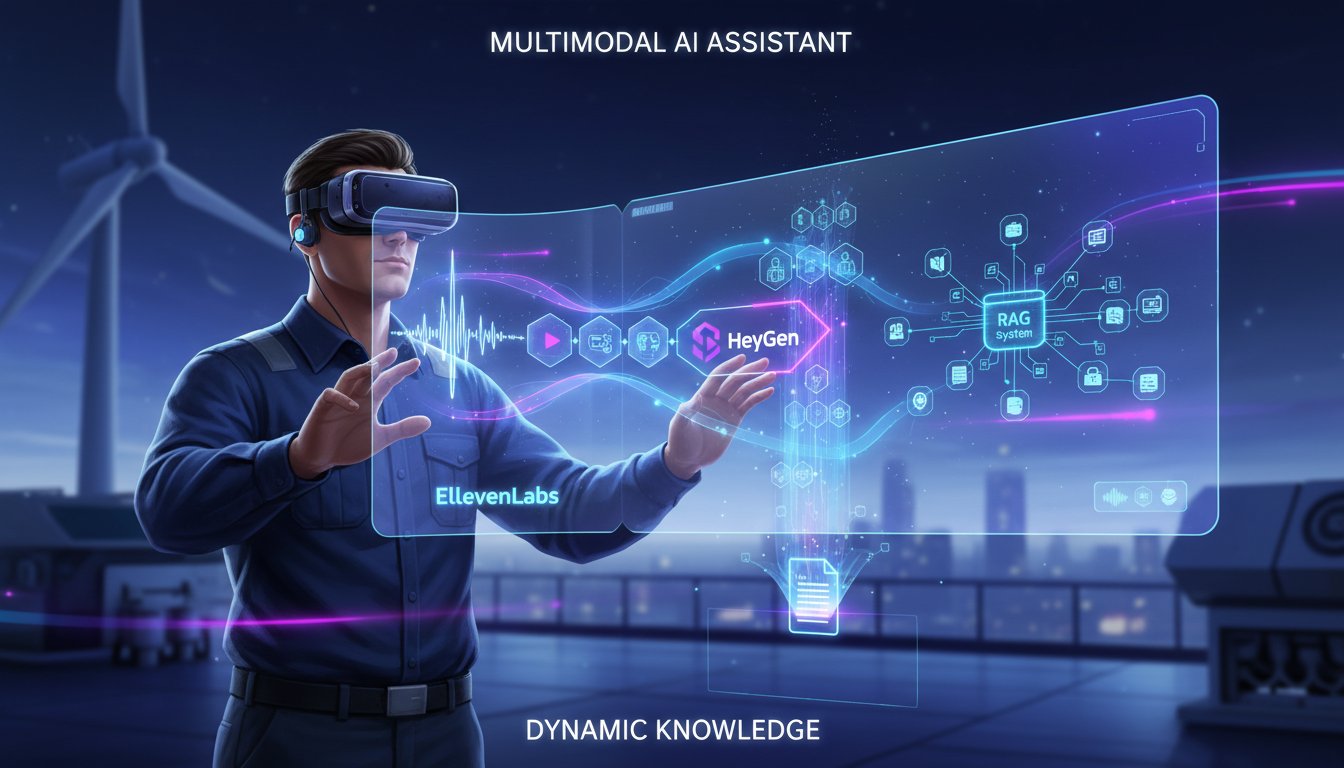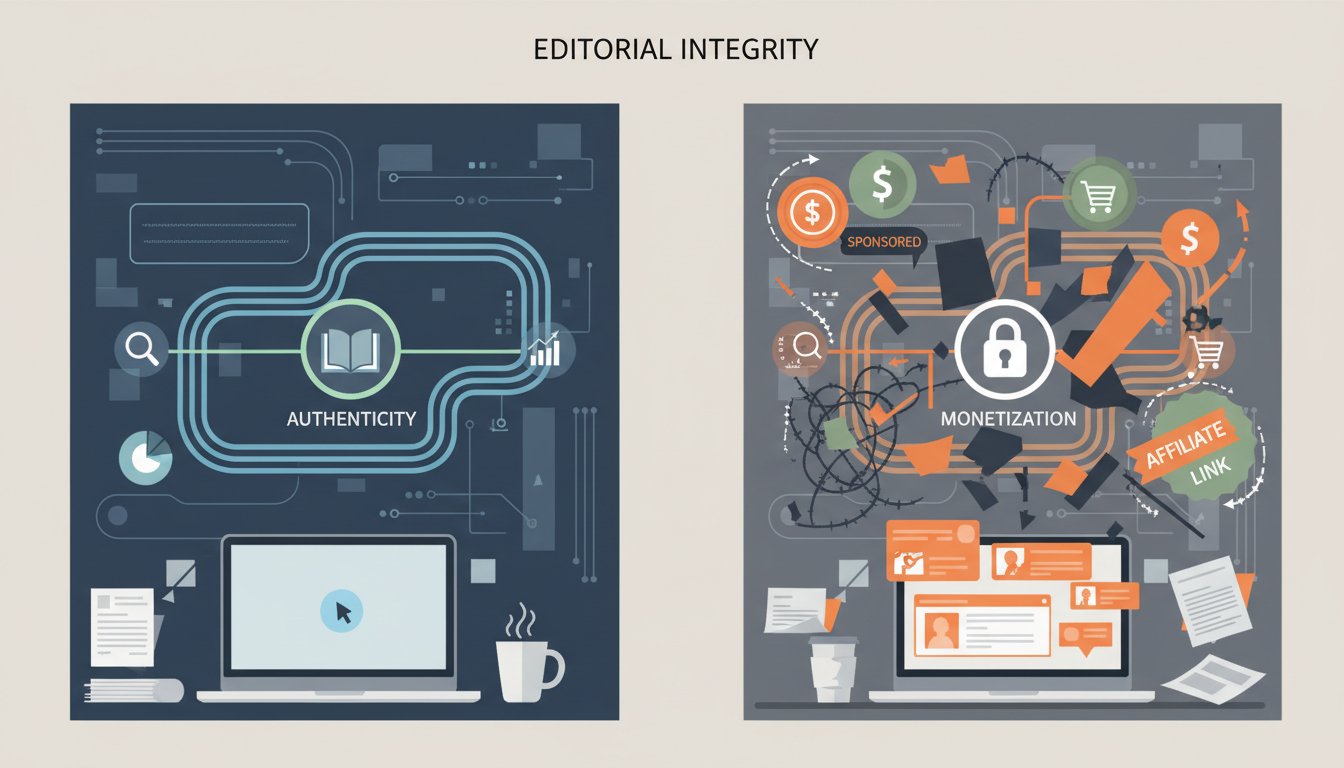Introduction:
In the rapidly evolving landscape of artificial intelligence, Retrieval Augmented Generation (RAG) systems are emerging as a powerful technique for enhancing the capabilities of large language models (LLMs). RAG systems combine the strengths of pre-trained language models with the ability to retrieve information from external knowledge sources, enabling them to generate more accurate, relevant, and contextually rich responses. However, not all RAG systems are created equal. The difference between a good RAG system and a bad one can be significant, impacting performance, scalability, and overall effectiveness.
The Challenge:
Many organizations are eager to leverage RAG to improve various applications, such as chatbots, question answering systems, and content generation tools. However, building a successful RAG system is not as straightforward as simply connecting an LLM to a database. Several challenges must be addressed, including data quality, retrieval efficiency, and the ability to seamlessly integrate retrieved information into the generation process. Poorly designed RAG systems can lead to inaccurate or irrelevant responses, increased latency, and a frustrating user experience.
The Solution:
This blog post will delve into the key differences between good and bad RAG systems, providing practical insights and actionable strategies for building high-performing RAG applications. We will explore the critical components of a RAG system, including data indexing, retrieval techniques, and generation strategies, and discuss how to optimize each element for maximum impact.
What to Expect:
By the end of this post, you will have a clear understanding of the characteristics that define a good RAG system and the pitfalls to avoid when designing and implementing your own RAG applications. You will also gain valuable knowledge about the tools, techniques, and best practices that can help you build RAG systems that deliver exceptional results.
Main Content:
1. Data Indexing and Preparation:
A RAG system is only as good as the data it retrieves. Data indexing and preparation are crucial for ensuring that the RAG system has access to high-quality, relevant information. A good RAG system focuses on:
- Data Cleaning and Preprocessing: Removing irrelevant or noisy data, such as HTML tags, special characters, and duplicates. Ensuring consistent formatting and encoding across all data sources.
- Semantic Indexing: Utilizing techniques like embeddings to capture the semantic meaning of the data. This enables the RAG system to retrieve information based on meaning rather than just keywords.
- Metadata Enrichment: Adding metadata to the data to improve retrieval accuracy. This can include information such as the source of the data, the date it was created, and relevant categories or tags.
A bad RAG system, on the other hand, often neglects data preparation, leading to:
- Poor Data Quality: Including outdated, inaccurate, or irrelevant information in the index.
- Inefficient Indexing: Using simple keyword-based indexing, which fails to capture the semantic relationships between data points.
- Lack of Metadata: Failing to add metadata, making it difficult to filter and prioritize search results.
2. Retrieval Techniques:
The retrieval component is responsible for finding the most relevant information from the index based on the user’s query. A good RAG system employs sophisticated retrieval techniques to ensure accuracy and efficiency:
- Semantic Search: Using vector embeddings to perform semantic similarity searches. This allows the RAG system to find information that is conceptually related to the query, even if it doesn’t contain the exact keywords.
- Hybrid Search: Combining semantic search with keyword-based search to improve recall and precision. This approach leverages the strengths of both techniques to deliver more comprehensive results.
- Re-ranking: Re-ranking the initial search results based on additional criteria, such as relevance scores, popularity, or user feedback. This helps to prioritize the most useful and trustworthy information.
A bad RAG system relies on basic retrieval methods, such as:
- Keyword Matching: Only searching for exact keyword matches, which can miss relevant information that uses different terminology.
- Lack of Contextual Understanding: Failing to consider the context of the query, leading to irrelevant or ambiguous search results.
- No Re-ranking: Presenting the initial search results without any further refinement, which can overwhelm users with irrelevant information.
3. Generation Strategies:
The generation component is responsible for taking the retrieved information and generating a coherent and informative response. A good RAG system uses advanced generation strategies to ensure high-quality output:
- Contextualization: Seamlessly integrating the retrieved information into the generated response. This ensures that the response is both accurate and relevant to the user’s query.
- Coherence and Fluency: Generating responses that are well-written, grammatically correct, and easy to understand.
- Attribution: Citing the sources of the retrieved information to ensure transparency and trustworthiness.
A bad RAG system struggles with generation, resulting in:
- Poor Integration: Failing to properly integrate the retrieved information into the generated response, leading to disjointed or incoherent output.
- Repetitive or Generic Responses: Generating generic responses that do not effectively leverage the retrieved information.
- Lack of Attribution: Failing to cite the sources of the retrieved information, which can lead to plagiarism or misinformation.
4. Evaluation and Monitoring:
Building a good RAG system requires continuous evaluation and monitoring to ensure optimal performance. Key aspects of this process include:
- Metrics: Tracking key metrics such as accuracy, relevance, latency, and user satisfaction.
- Feedback Loops: Implementing feedback loops to collect user input and identify areas for improvement.
- A/B Testing: Conducting A/B tests to compare different configurations and identify the most effective strategies.
A bad RAG system lacks proper evaluation and monitoring, leading to:
- Lack of Visibility: Inability to track the performance of the RAG system over time.
- Missed Opportunities: Failure to identify and address areas for improvement.
- Stagnation: Inability to adapt to changing user needs and data sources.
Conclusion:
Building a good RAG system requires careful attention to detail across all stages, from data indexing and retrieval to generation and evaluation. By following the best practices outlined in this blog post, organizations can create RAG applications that deliver exceptional results and provide significant value to their users.
As you embark on your RAG journey, remember that the difference between a good RAG system and a bad one lies in the details. By prioritizing data quality, retrieval efficiency, and generation excellence, you can build RAG systems that truly transform the way you leverage knowledge and insights.
Call to Action:
Ready to build a high-performing RAG system? Contact us today for a free consultation and let our experts help you navigate the complexities of RAG development.




